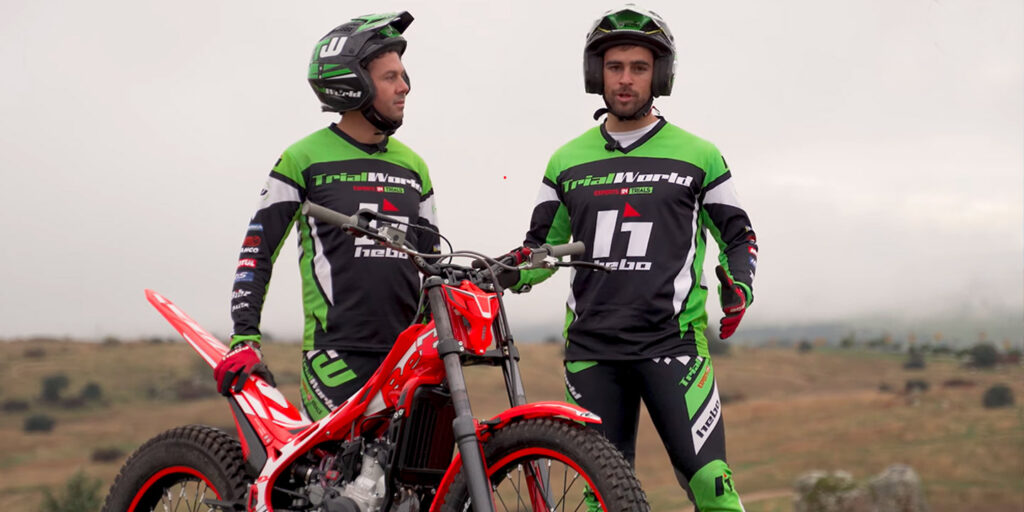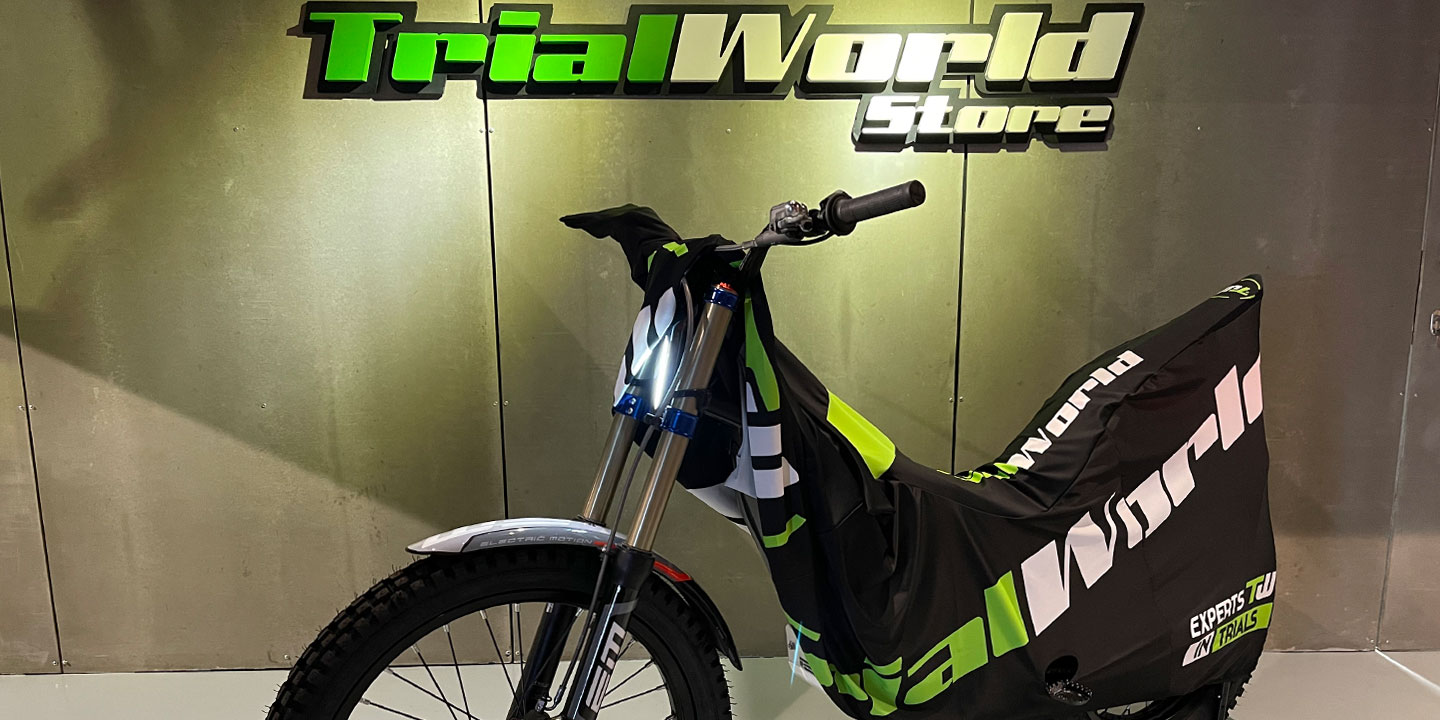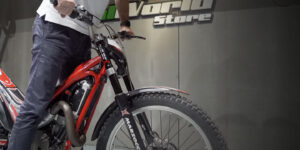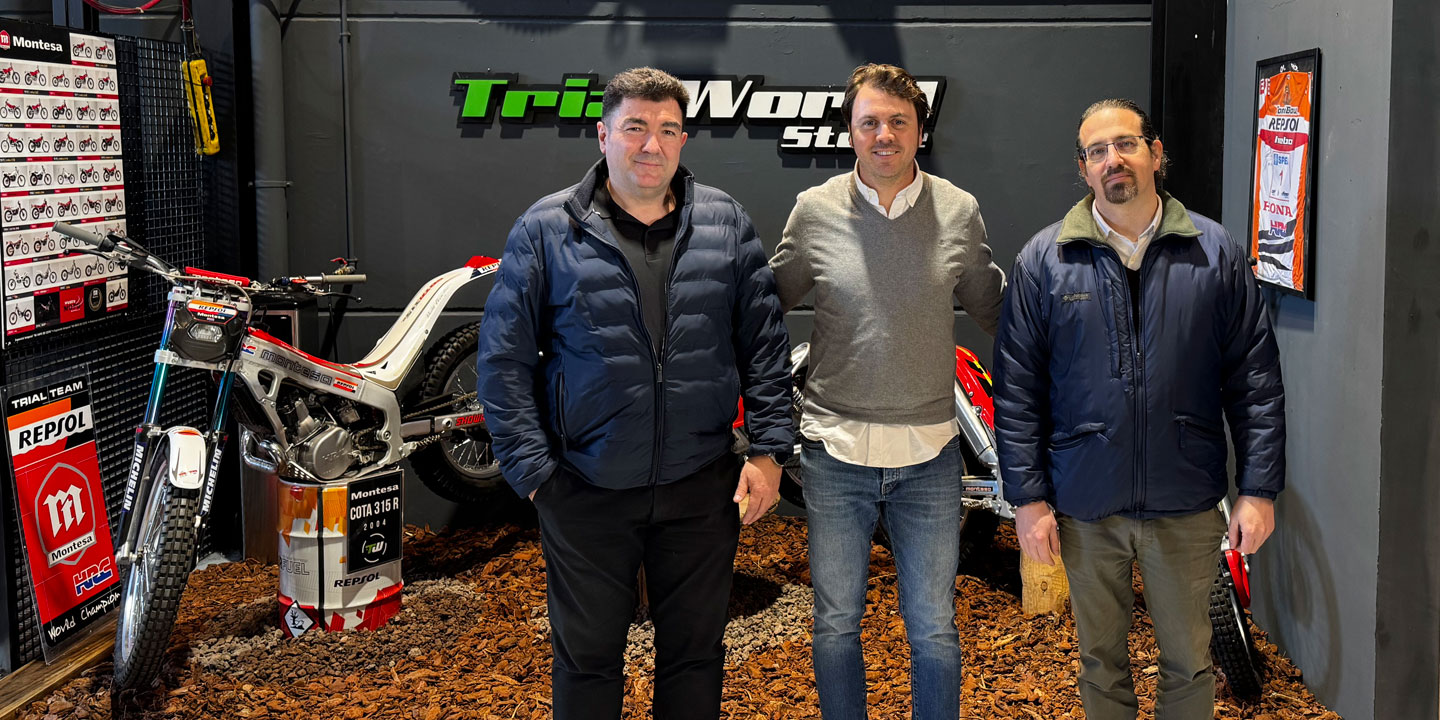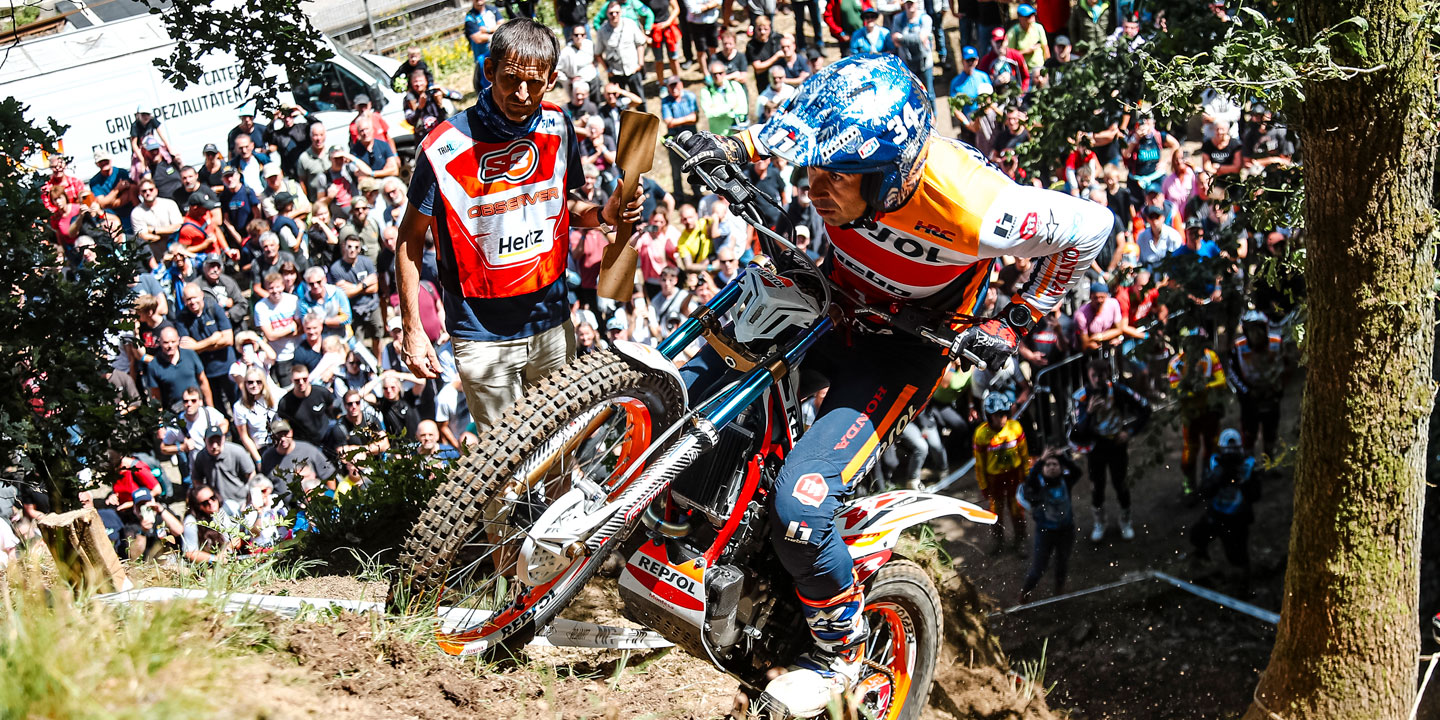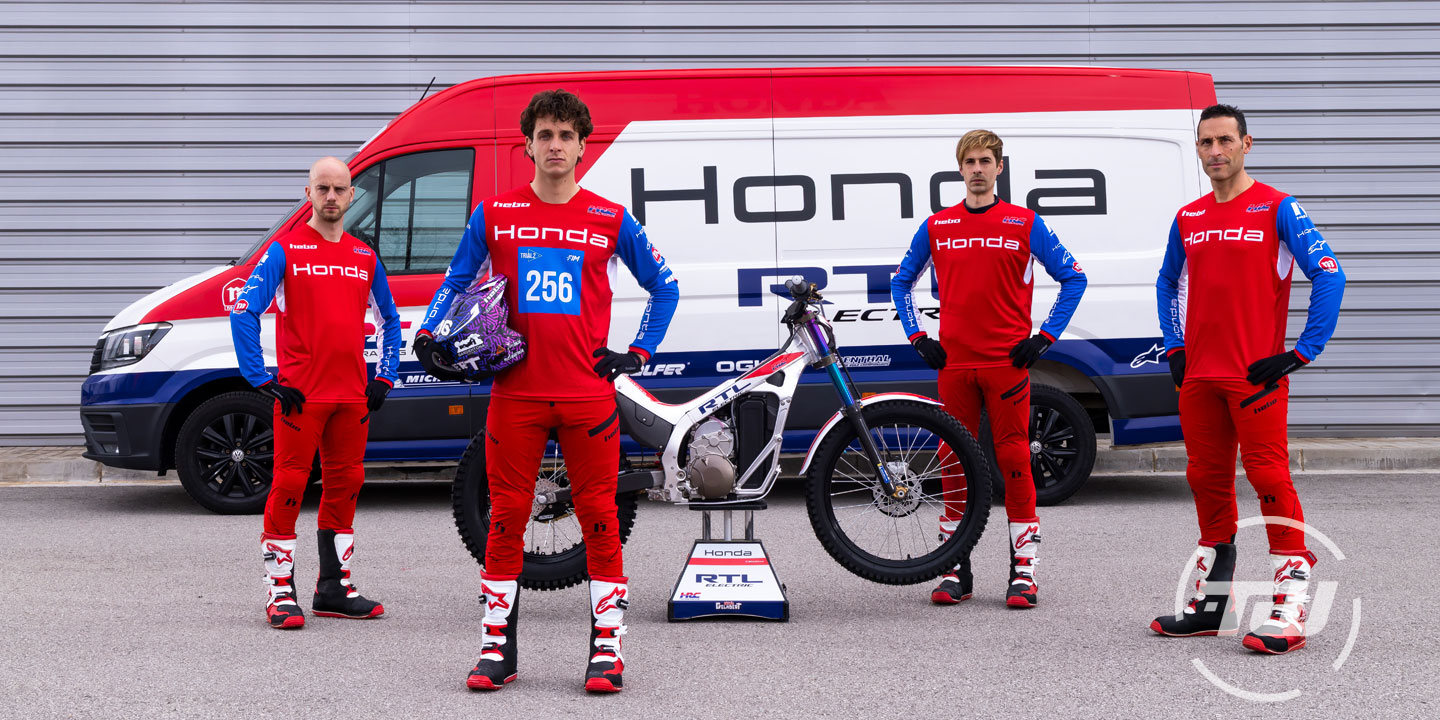Once we have made the decision to change our trial bike to buy another one, either new or second-hand, we enter an exciting and unknown world full of unknowns.
If we add more than 8 brands to the
market of new trial motorcycles
and each of them offers different displacements, finishes and even types of models, we are faced with more than thirty options.
If it is also in our plans to buy
a second-hand trial bike
, the decision becomes tremendously complicated, since it is added to correctly assess the condition of the unit and know the technical particularities of that year in question.
That’s why we’re going to narrow down the search range for your next trial bike with a few relatively simple questions that, while they won’t tell you exactly what your bike is, will at least help you narrow down the spectrum of models to compare.
1) Choose the type of bike
Analyze the environment in which you usually plan to ride. If the environment offers few obstacles or they are mainly mountain routes of medium to low difficulty with sporadic stretches of road, it may be interesting to consider a motorcycle more focused on
trials – excursions
, more versatile and comfortable, but also less agile and heavy than a trial motorcycle.
For mixed environments, there are trial bikes that renounce sportiness parameters in order to offer greater versatility, including both electric and thermal models, both two-stroke and four-stroke.
The third option is the sportier models, which take up most of the market. They are agile motorcycles, with little autonomy, but with great possibilities to squeeze them in their natural habitat: the areas. Here we can also resort to accessories that help us with mixed use, such as
universal seats for trial
bikes or
complementary fuel tanks for off-road bikes
.
2) Motorcycle adapted to your possibilities
The same model is usually manufactured in different displacements. For some reason that is difficult to explain, we tend to go for the “big horse” and aim for the maximum displacement, arguing that “it is better to go with an engine to spare”.
The reality is that with this reflection we are starting from a wrong premise that will undoubtedly condition our fun and adaptation to the motorcycle. Our recommendation is just to think the opposite, especially if we are talking about young children. Ideally, you want to feel that you ride the bike and can easily get used to it.
A very powerful 300cc engine is useless for basic riding, since it will demand more physically from us, it will be more complicated to dose the power delivery and captain it than, for example, a 250cc.
Therefore, if you have the opportunity to previously ride the bike for a long time, all the better. But don’t be afraid to fall short of displacement. A smaller engine can be more exciting, more fun, and you’ll control it better.
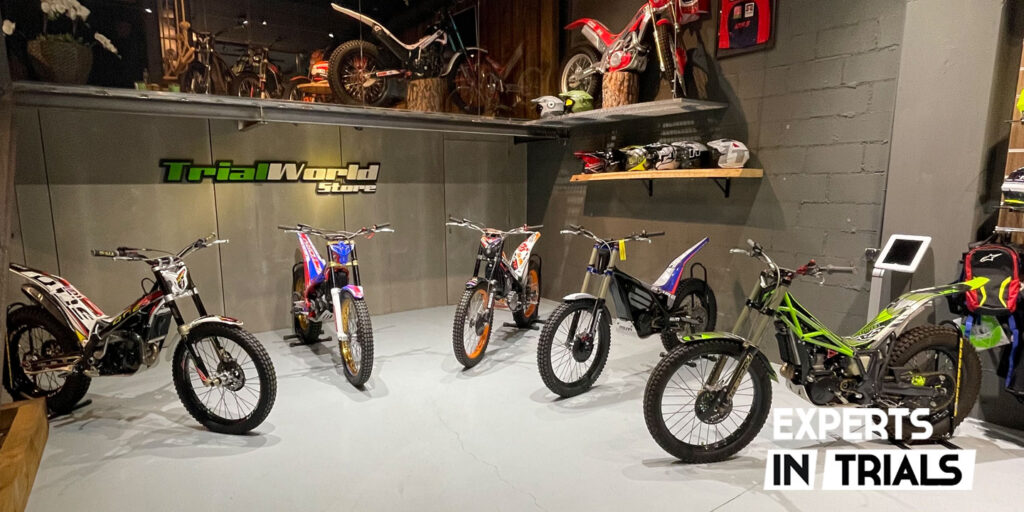
3) Not informing yourself about the bike
We agree that this is not always possible, but research is needed. The purchase of a motorcycle always involves certain risks, such as: brand in receivership, shortage of spare parts, reliability problems…
Reliability is probably the point that matters most to us. On a new motorcycle because it conditions the devaluation of the motorcycle and we can lose a lot of money in a short time. On the second-hand market, because it involves an unforeseen extra investment that could have meant buying a motorcycle, for example, more modern.
Used trial bikes: you can find out about all the models that have been manufactured each year at Trialworld and check the list of new additions. You will be able to know if the model changes drastically (in that case it is better to leave a year of margin) or simply receives general improvements. It will also help you narrow down the range of models that interest you the most and compare them with their competition.
New trial bikes: the proliferation of new brands, such as TRS or Vertigo, together with the growing momentum of Montesa, the rebirth of GASGAS or the diversification of Sherco with Scorpa, cause a changing environment with options for all tastes.
>
In-depth testing
by the Trialworld team
> Catalogue of new trial bikes. Here we can see the latest models presented, with the possibility of filtering by brand, year and model.
> The dealership where you are getting information, such as the Trialworld Store.
In this case, you can ask for references from other buyers and deal directly with them to get an objective opinion.
> Second-hand trial market. If you see a lot of them on sale a few months old and there’s no obvious reason behind it, be suspicious.
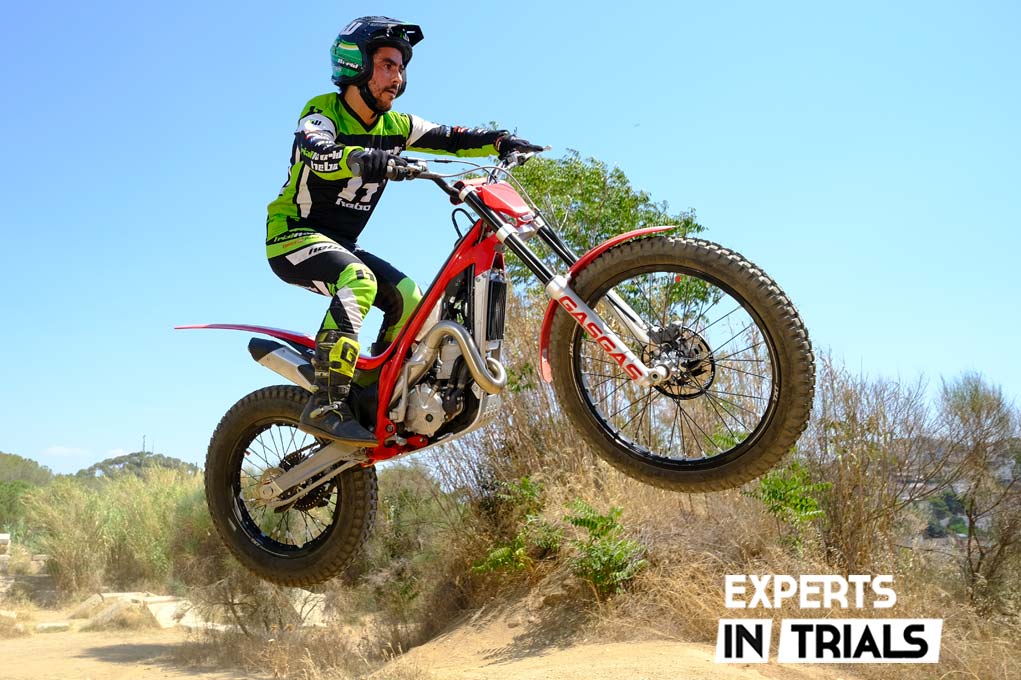
4) Not defining a budget
For some statistical reason, what we like is usually the most expensive. You have to think coolly and really set yourself a budget for several reasons:
> On new motorcycles you can have differences of up to 2,000 euros from one motorcycle to another.
Check here the prices of new trial bikes
.
> The same budget is not the same in November as it is in April. In the second half of the year, the new models come out, while as the end of the first half of the year approaches, stores make large sales to make way for the stock of the new range. In other words, you can use the same bike for the first time a few months later with a saving of more than €1,000
> In second-hand trial bikes this point is even more delicate. That’s why we’ve created this report with a
checklist on how to choose your second-hand trial bike successfully
. With €300 you can even buy motorcycles two years more modern. Compensates? First judge its condition and really assess what the bike costs you in running order. To do this, you can consult the Trialworld Store, where you have a price reference for accessories and spare parts for trial bikes. Bargains exist, but they are not abundant. You can also look at options in trial outlet stores.
> On the second hand, pay attention if the motorcycle has: documentation and is registered (it is not mandatory, but recommended). Also, don’t forget to check if the MOT is valid.
> Don’t decide on a trial bike without consulting
this guide to buying a second-hand trial bike
.
> Also, don’t forget that within your budget you should include your trial equipment as a rider: specific trial boots, a helmet, boots and protections.
5) TRY BEFORE YOU BUY
Again, whenever possible. If you opt for a new bike, your dealer will likely be able to get you a test bike so you can see first-hand how it feels. You can also put a little “face” on it and ask for an owner, in addition to telling you how the bike is doing, it lets you test it.
In Trial it is very easy to be seduced by the aesthetics, since at first glance the elements of all seem the same. Most of them are 250, 280 or 300cc, they are 2-stroke, they have the same fork, they are barely a few grams apart, the brakes are the same and the electronics in trial are very basic. Currently you also have the option to buy electric trial motorcycles and four-stroke engines are also in the catalog. What should I buy? Try it and you’ll be right.
Don’t forget that the best trial bike is the one that adapts to your geographical context, your riding level, the riding style and the pretensions you expect from the bike.
Trial is probably the specialty that you can start practicing the earliest and the one that you can leave later.
THE MOST IMPORTANT THING IS TO ASSESS YOUR SITUATION AND EXPECTATIONS WELL, DEFINING A BUDGET AND NOT GETTING CARRIED AWAY BY GREAT FEATURES OR VERY EXCLUSIVE MODELS. MAYBE IT'S NOT WHAT YOU NEED. THE SECOND-HAND MARKET IS PERFECT FOR GETTING INTO THE SPECIALTY WITHOUT RISKING SIGNIFICANT INVESTMENTS OF MONEY
